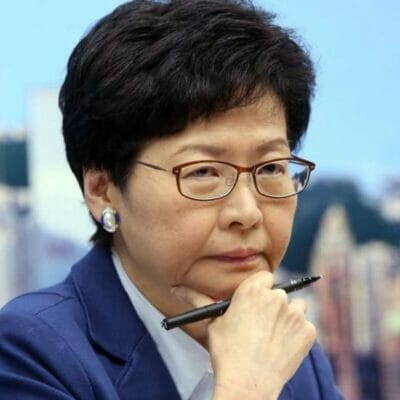
Ingrid Cheh, Associate Director of Research at JLL
Hong Kong saw a 33 percent plunge in the number of private residential units that started construction last year, falling from 25,500 in 2016 to 17,000, according to figures from the city’s Transport and Housing Bureau.
Although the decline may be seen as a worrying sign of an intensifying housing crunch, some analysts argue that the city’s housing supply is still trending upward. “Despite a drop in private residential units which commenced construction in 2017, the annual average for the last five years was still 51 percent higher than that produced between 2007-2012,” commented Ingrid Cheh, Associate Director of Research at real estate consulting firm JLL.
Cheh noted that 2016 saw an exceptionally high number of new private home starts.
Demand And Supply
Cheh projects an average new private home supply of 20,000 units per year for the coming five years, a 47 percent increase from completion levels over the past half-decade, assuming the gradual roll-out of flats. This estimate is somewhat lower than the government’s projection of new private housing supply being 97,000 for the next three to four years. However, Hong Kong’s housing demand, if measured by new household formation in the next five years, would be 140,000, according to the Census and Statistics Department.
“With the market focus still largely on the primary sales market, we expect the inventory held by developers to be absorbed given still-strong buying sentiment,” said Cheh. However, as there will be more project launches, Cheh estimated that it would take longer for the developers to sell out their projects.
Last quarter has seen the start of construction of 7,700 units of private residential flats, a rise of 863 percent quarter-on-quarter, the figures from the government show. The completion of private homes in 2017 reached 17,800 units, up 22 percent annually.

Carrie Lam vowed to ease Hong Kong’s housing crunch
Taming Hong Kong’s Housing Market
Hong Kong is notorious for its stratospheric housing prices, being the world’s least affordable property market, prompting the city’s chief Carrie Lam to vow to reverse the housing shortage in October. By appointing a task force comprised of urban planning professionals and representatives from social housing, economics and politics in August, the government aimed to find ways to increase housing supply.
Just two months afterwards, the government put forward a pilot scheme to offer subsidised flats for the middle class, many of whom cite concerns over the lack of government assistance amid an increasingly unaffordable housing market.
Leave a Reply